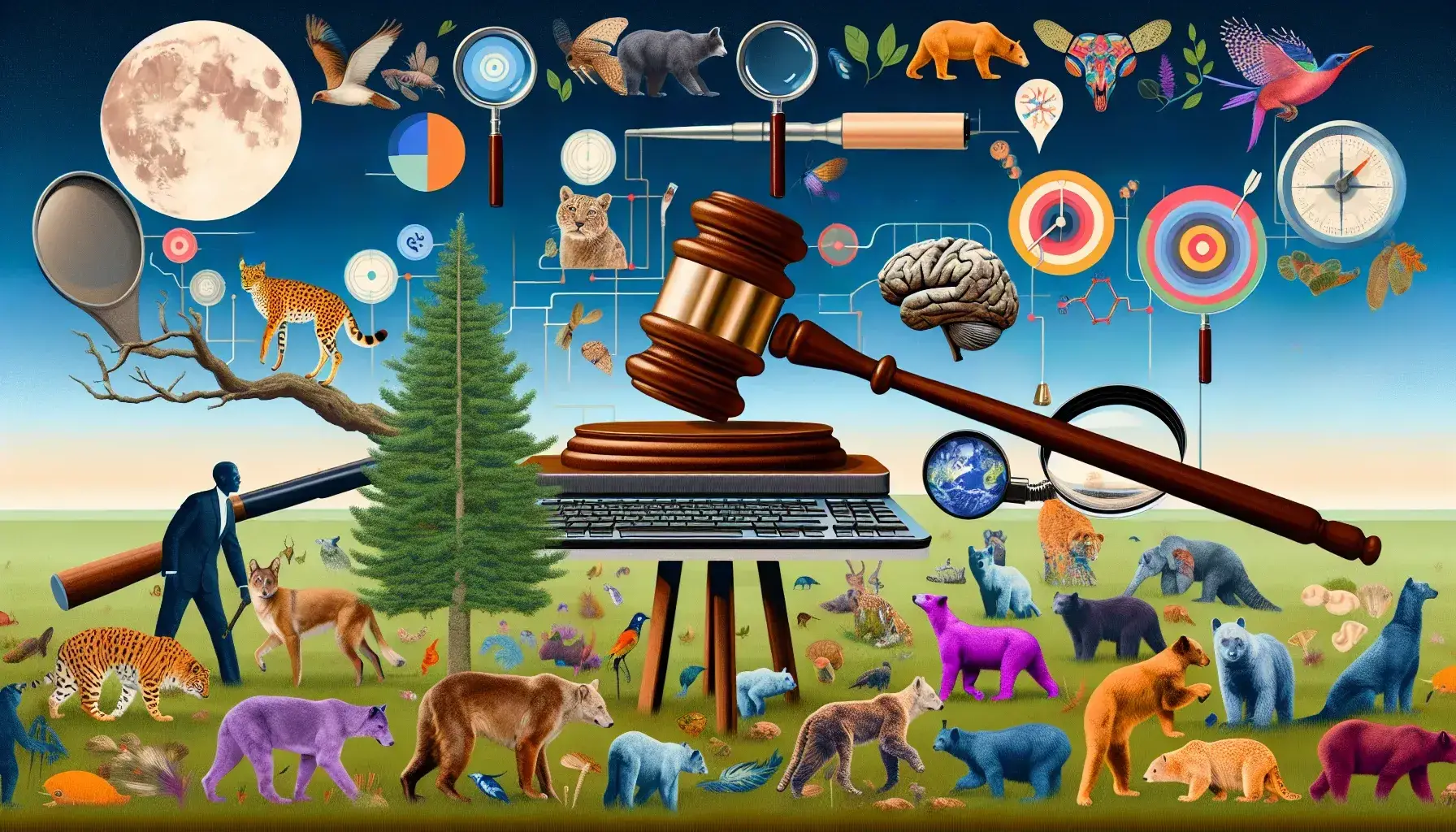Clicks That Convert: The Revolution of Pay-Per-Click Advertising

In today's digital marketing landscape, the power and potential of Pay-Per-Click (PPC) advertising cannot be understated. As businesses strive to connect with their target audience in the most efficient and impactful manner, PPC has emerged as a game-changing platform that offers unparalleled opportunities for reaching, engaging, and converting potential customers. In this comprehensive guide, we will delve into the evolution of PPC advertising, from its inception to the cutting-edge strategies and technologies that are shaping its future.
The Evolution of Pay-Per-Click Advertising
The genesis of PPC advertising can be traced back to the launch of Google AdWords, a groundbreaking platform that introduced a revolutionary approach to online marketing. With the introduction of AdWords in 2000, advertisers gained the ability to bid on keywords and display their advertisements alongside relevant search results. This marked the beginning of an era where businesses could directly target consumers based on their search queries, thus revolutionizing the digital advertising landscape. From its nascent stages to its current sophistication, AdWords laid the foundation for modern-day PPC advertising, shaping the way businesses connect with their audiences online.
What Was the First AdWords Auction
One of the hallmark features that propelled PPC advertising to new heights is its ability to target audiences with unparalleled precision. Unlike traditional forms of advertising that rely on broad demographic segmentation, PPC empowers advertisers to pinpoint their target audience based on specific criteria such as location, device type, interests, and search behavior. This granular level of targeting ensures that ad spend is directed towards individuals who are most likely to engage with the advertisement, thereby maximizing the impact and efficiency of marketing efforts.
How Does PPC Target Audiences Precisely
As PPC advertising continues to evolve, so too does the measurement of success. While click-through rates provide valuable insights into ad performance, modern analytics have expanded the scope of measurement to encompass deeper metrics that reflect genuine engagement and conversion. Metrics such as conversion rate, cost per acquisition (CPA), and return on ad spend (ROAS) have become pivotal in evaluating the true effectiveness of PPC campaigns. By leveraging advanced analytics tools, advertisers can gain a comprehensive understanding of their campaign performance and make data-driven optimizations to maximize their ROI.
A fundamental aspect of PPC advertising that holds immense significance is the concept of Quality Score. Introduced by Google AdWords, Quality Score serves as a metric that evaluates the relevance and quality of ads in relation to the keywords they are targeting. By assessing factors such as ad copy relevance, click-through rate, and landing page experience, Quality Score plays a crucial role in determining ad placement and cost-per-click (CPC). As such, advertisers are incentivized to create high-quality, relevant ads that provide genuine value to users, ultimately fostering a more positive user experience.
Why Is Analytics Important in PPC Campaigns
Beyond the ad itself, the optimization of landing pages is integral to driving conversions in PPC campaigns. A compelling ad may capture a user's attention, but it is the landing page experience that ultimately determines whether a visitor takes desired action. From cohesive messaging to intuitive design and compelling calls-to-action, every element of a landing page must align with the user's intent and guide them towards conversion. By diligently optimizing landing pages for relevance and user experience, businesses can maximize their chances of converting ad clicks into meaningful actions.
Related Article: Navigating Facebook Ads: Proven Tricks to Maximize Ad Performance
What Is the Quality Score Concept
The integration of machine learning technologies has brought about a paradigm shift in PPC advertising, empowering advertisers with unprecedented capabilities for ad optimization. Automation features such as smart bidding strategies leverage machine learning algorithms to dynamically adjust bids based on real-time data signals, thereby maximizing the likelihood of achieving specific campaign objectives. This autonomous approach not only streamlines campaign management but also enables advertisers to efficiently allocate resources where they yield the greatest impact.
How to Optimize Landing Pages for Conversion
The rise of social media platforms has redefined the landscape of digital advertising, introducing new avenues for reaching audiences through visually captivating ad formats. Visual ads on platforms like Facebook, Instagram, and Pinterest offer businesses an opportunity to engage users through immersive imagery and compelling visual storytelling. By crafting visually appealing ads that resonate with their target audience's preferences and behaviors, marketers can expand their reach and foster meaningful connections in an increasingly visual-centric digital environment.
Remarketing has emerged as a powerful strategy for staying top-of-mind with potential customers who have previously interacted with a brand's website or digital assets. By strategically re-engaging with users through personalized ads tailored to their previous interactions, businesses can nurture leads and guide them towards conversion. This targeted approach not only reinforces brand recall but also capitalizes on existing interest or intent expressed by the audience, making remarketing an invaluable component of a holistic PPC advertising strategy.
Related Article: SEO or Billboards? Navigating Modern Brand Visibility Tactics
The Role of Machine Learning in PPC Advertising
In conclusion, "ClicksBuzz Blog" proves instrumental in providing insights into the evolution and optimization strategies associated with Pay-Per-Click advertising. From its inception with Google AdWords to cutting-edge technologies like machine learning and visual ads on social platforms, "ClicksBuzz Blog" leads readers through an insightful journey into leveraging PPC for maximum impact in today's digital marketing arena.
Frequently Asked Questions
Pay-Per-Click (PPC) advertising is a digital marketing model where advertisers pay a fee each time their ad is clicked. It allows businesses to target specific audiences based on various criteria, such as keywords, location, and interests, making it an effective way to reach potential customers and drive conversions.
Quality Score is a metric used by Google AdWords to evaluate the relevance and quality of ads in relation to targeted keywords. It considers factors like ad copy relevance, click-through rate, and landing page experience. A higher Quality Score can lead to better ad placements and lower costs per click, enhancing campaign effectiveness.
Landing page optimization is crucial for PPC campaigns because it directly influences conversion rates. A well-designed landing page aligns with the ad's messaging and user intent, guiding visitors toward taking desired actions. Elements like intuitive design, clear calls-to-action, and cohesive content enhance user experience and increase the likelihood of conversions.
Check Out These Related Articles

Ad Spend Allocation in Digital Marketing: Optimizing Budgets for Maximum Impact

Ad-Blocking Epidemic: Strategies for Engaging Audiences in an Ad-Averse Digital Landscape

Pay-Per-Click (PPC) Advertising vs. Influencer Marketing: Determining the Better Investment

